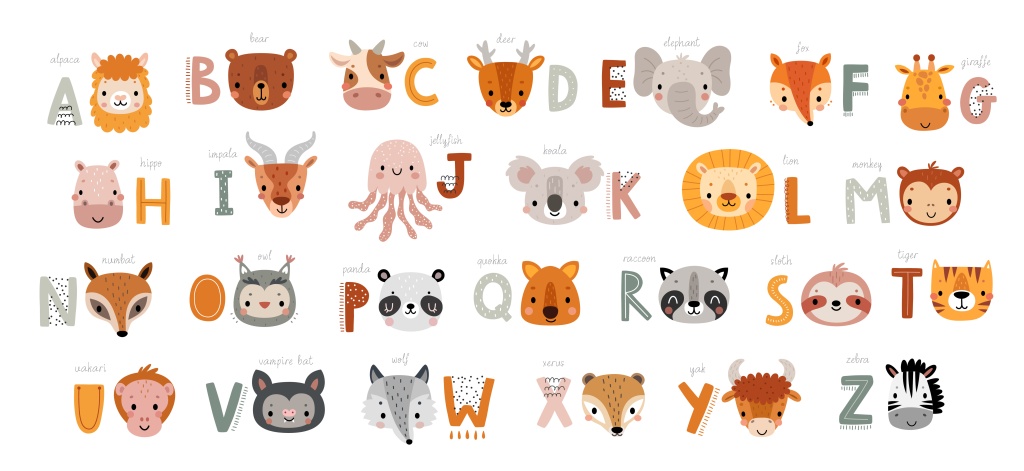
With a solid start understanding the sounds of speech each phonogram represents, and a parent who enthusiastically reads aloud often, any child can go into the early elementary years with linguistic skills ready to learn and ultimately able to learn by reading in a short time. To make this a positive experience, games that include multiple senses will have the most profound impact on retaining those sounds and attaching them to the letters and letter groups, known as phonograms.
Research conducted warns that without direct instruction in phonemic awareness about 25% of first-graders from middle-class homes lack this skill, resulting in difficulty in learning to read and write. *
“Phonogram” similar to “phoneme” means a written symbol representing a sound. So the letter “a” represents three distinct sounds as in the words apple, ape, and wasp. But before learning phonogram sounds or even letter names, it is appropriate to simply learn to distinguish various sounds from one another. Here are a few beginning game ideas.
1. Any listening game, such as “Mother, May I?” can be used for this. Also, add training in attentiveness by playing “Whisper Me” where you whisper the child’s name and if he comes to you the first time, he gets a special hug and kiss or a treat.
Move toward training the child in the ability to distinguish between sounds like tapping, clapping, snapping. After naming and demonstrating the sounds, ask the child to close her eyes and listen with the purpose of naming the sounds, then listen with the purpose of determining which sound is missing, listening for the sequence of sounds.
2. Rhyming games, poetry, rhyming stories. Fingerplays that rhymes are easy to act out with your hands. Here are a few samples. One way to use these is to whisper the words that rhyme. Another variation is to omit the rhyming words after a few readings for repetition.
3. Words and Sentences. Differentiate between individual words of long and short length and various kinds of sentences as well. Build sentences using individual word cards. Count words in each sentence.
The next level of games include syllable awareness, phonograms or phonemes, then letter names and spellings.
A fabulous resource on this topic is the book Phonemic Awareness in Young Children by Marily Jager Adams, et. al.
*Adams, M.J. (1990) Beginning to read: Thinking and learning about print. Cambidge, MA: MIT Press.

Leave a comment